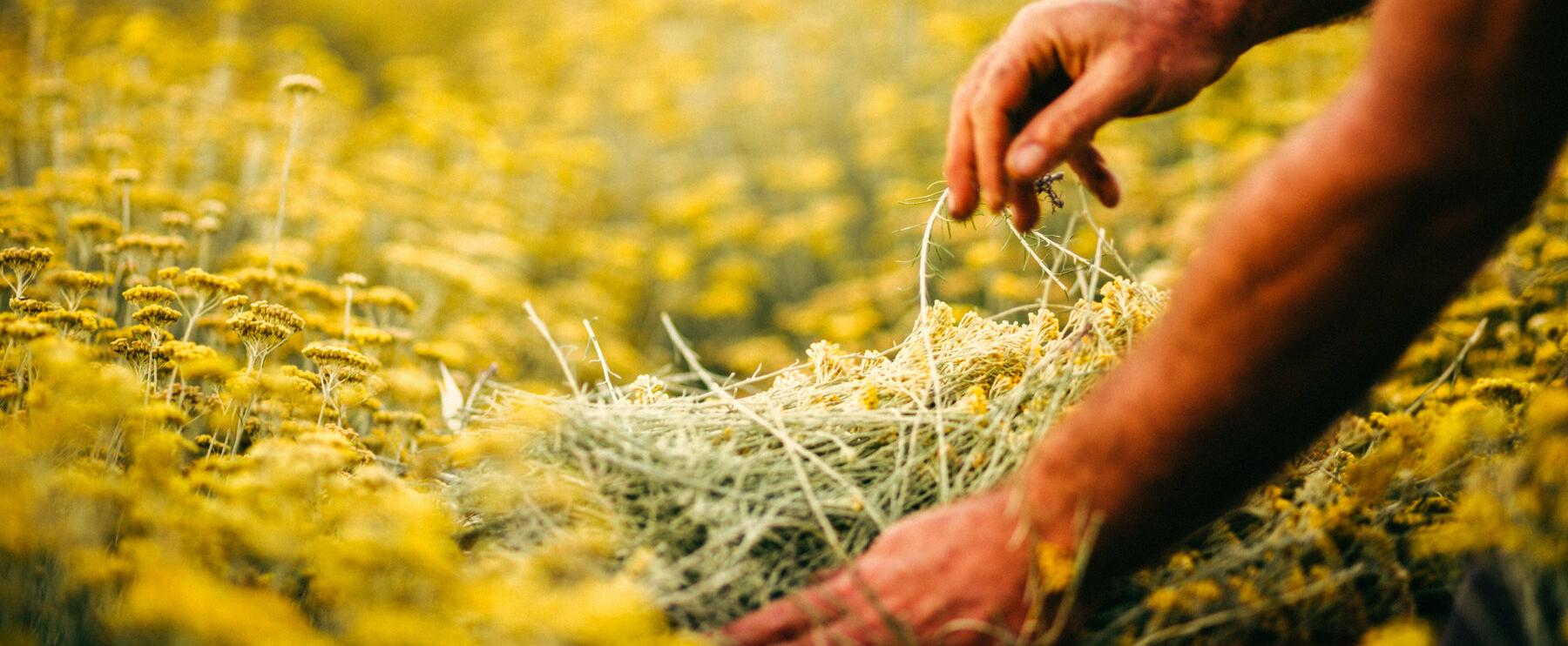
Ecological Perfumery: Carta Fragrances
Fragrance is the fastest growing beauty segment by a wide margin and seemingly everyone is racing to get a piece of the proverbial pie, with exponential growth in new fragrance releases from established brands to an explosion in new brands launching near constantly — from ‘celebrity’ brands like Tsu Lange Yor to venture-capital backed ones like Borntostandout.
Alongside this segment growth, access and availability of ingredients, supplies, and perfumery knowledge has become much more widespread, especially with companies like Perfumer’s Apprentice who not only supply ingredients but conduct regular classes. Paired with an explosion in popularity on social media (notably TikTok), consumers and hobbyists are faced with a deluge of options and new releases on a near daily basis.
Despite the chaos and pressure for release volume, there are emerging independent brands taking a slower, more intentional approach to craft perfumery that feels a bit more ‘authentic.’ One of these houses is Carta, which I feel offers a masterclass-like look at how to pull off a small indie brand the right way.
Disclaimer: This article represents my own experience and views around this fragrance brand and products. This is not sponsored and all views are my own.
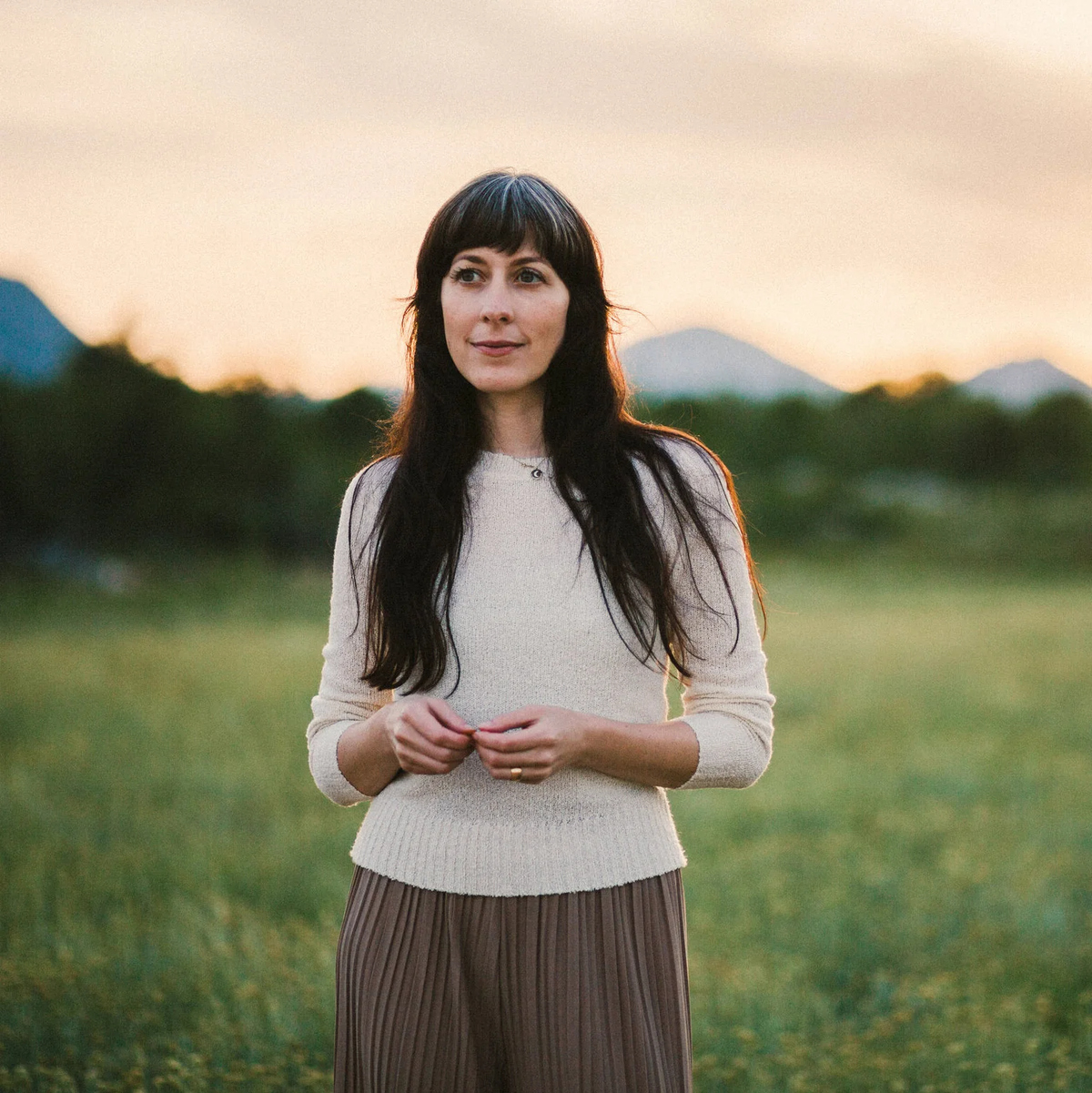
Carta was founded in 2017 by Heather D’Angelo after being inspired while collecting botanical samples from the Malaysian rainforest as part of her research at Columbia University. While many might recognize Heather from her band Au Revoir Simone, she is also an ecologist and (now) perfumer.
Quoting Carta's website: With Carta, D’Angelo explores the artistry of perfume, influenced by her background in musical composition and scientific inquiry. Rooted in her passion for environmental conservation, D’Angelo’s romance with scents is shaped and driven by a commitment to conscious practices and a desire to share the stories behind Carta’s ingredients.
With a brand name meaning map that conveys the idea of ‘linking scent and place’ and just two fragrances — Moena 12|69 (2017) and Immortelle 43|17 (2020) — Heather’s slow, methodical approach to fragrance development focuses heavily on sourcing key ingredients directly in a way that is sustainable. This practice illustrates an alternative route of participating in the greater fragrance market that is much more mindful and sustainable.
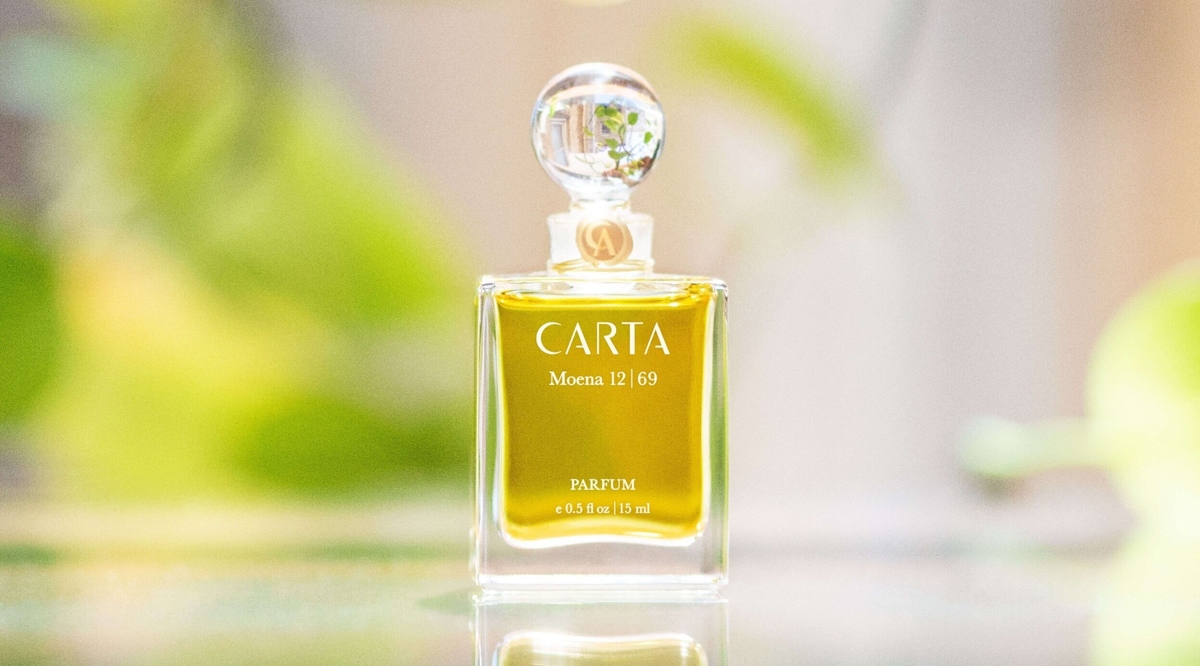
Moena 12|69 (2017)
Notes: Wild Peruvian Moena, Soaked Moss, Golden Ginger, Brewed Tea & Tobacco Leaves, Redolent Woods
This opens with a burst of spicy ginger before a slightly camphorous and clovey dry wood comes front and center — likely the Moena — complimented by faint tea and tobacco notes. This is meant to highlight the main ingredient Moena Alcanfor oil, which is steam distilled from the branches and leaves of the Moena tree. This oil is positioned to be a sustainable alternative to the endangered rosewood, with Moena 12|69 being the first fragrance to feature the ingredient. This one is definitely for fans of subtle but gorgeous woods.
To me, this smells like walking thorough a forest in the late summer in the early afternoon, light beams stabbing through the canopy and warming the damp, mossy underbrush. The woods here are dry, yet somehow the fragrance conveys an atmosphere of light humidity. The ‘rawness’ of this almost feels like snapping a branch of a tree and rubbing its sap on your skin. Much like Immortelle, this fragrance seems to be better suited for warmer weather where it really blooms.
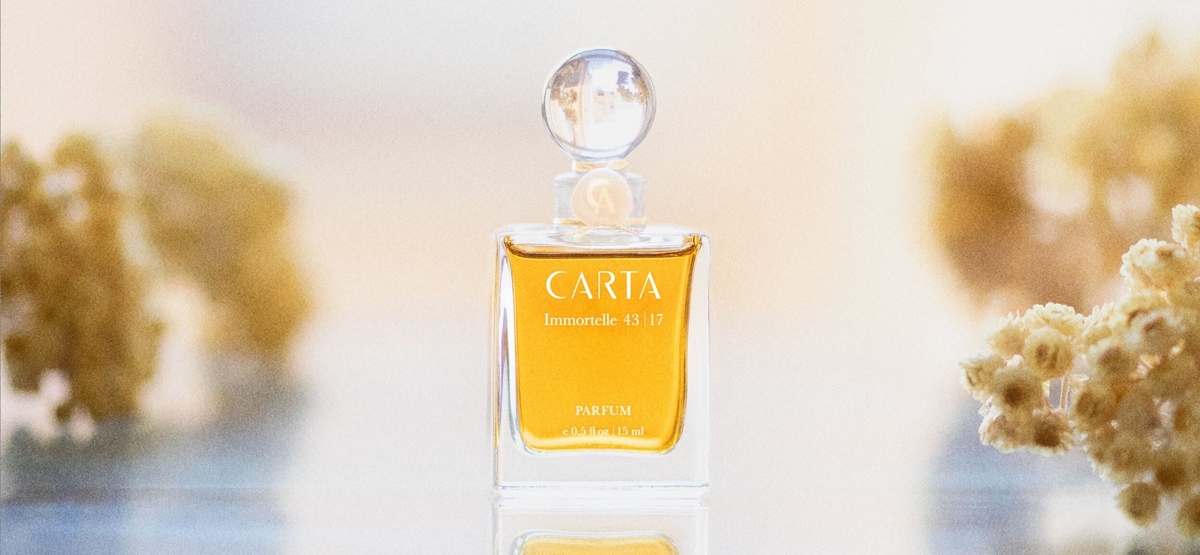
Immortelle 43|17 (2020)
Notes: Dalmation Coast Immortelle, Sunbaked Spices, Wildflower Honey, Caramelized Orange Peels, Orris & Ambergris
Essential oils from the helichrysum italicum plant (Immortelle) are sustainably sourced from two small family-owned farms in Bosnia Herzegovina and on the island of Hvar, in Croatia to create this liquid gold masterpiece.
For me, testing this was a revelation. While Moena 12|69 is wonderfully woody and dry, Immortelle 43|17 is intoxicating, rich, and heady. It’s dusk — golden hour — in mid-summer, laughing with friends outside, fireflies lighting up. It’s the warmth of a smile from across the room through a crowd. It’s a long hug from someone you love after a long absence. It’s a hand in the small of your back, or the puff of warm breath in your ear from a whisper. Intimate, yet radiant. The muted warmth, yet brighter vegetal undertones make me think simply of the color yellow. Fitting given Immortelle and the liquid in the bottles are both the same color. With the heat of the skin, it comes alive as a radiating bloom of warmth.
After a few wears of the sample, I added a bottle of this to my collection, where I see it staying forever. This one is visceral, intoxicating, and really something quite special. My only wish is that I had more of it.
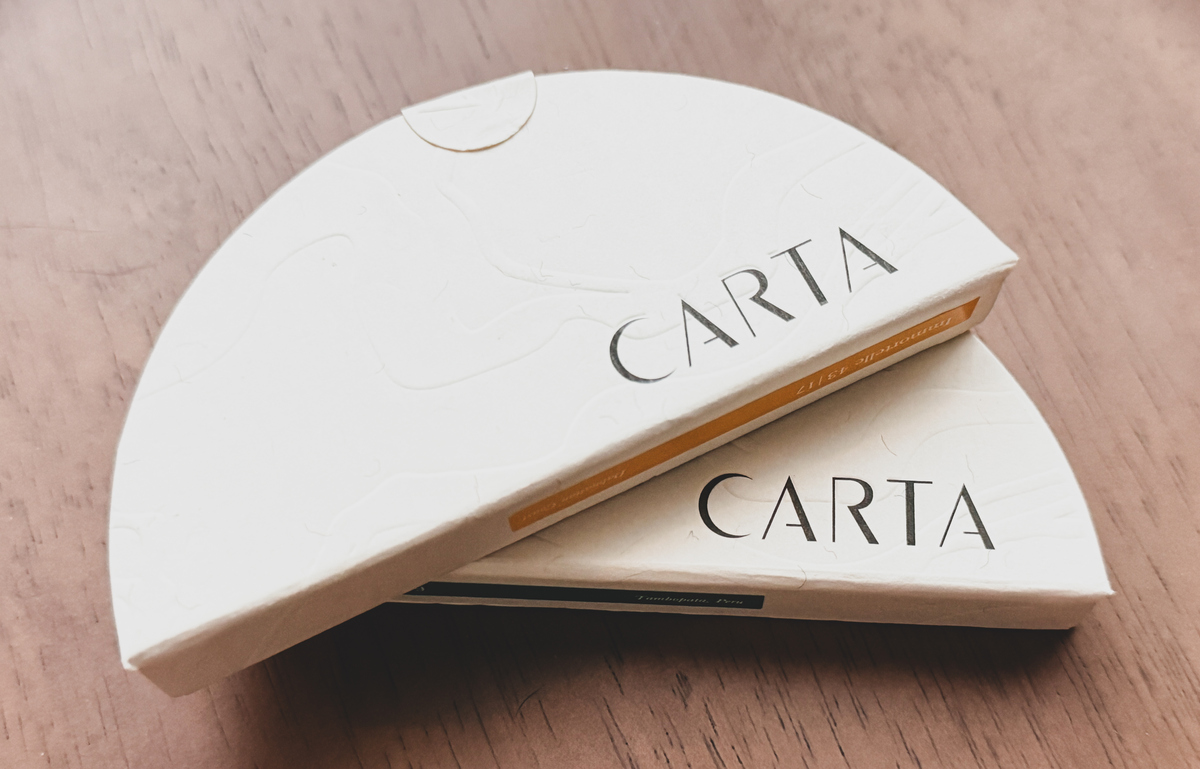
Packaging, Bottles, and More
Part of the luxury of slow releases like these is that in addition to careful ingredient sourcing, Heather has plenty of time to craft thoughtful packaging and messaging/content, delivering on all fronts so each interaction with the brand and their products is something unexpected and thoughtful.
Starting with the beautifully designed website, Heather is quick to recognize her team that helps make the multi-sensory experience all come together, from web designers to packaging designers, which is a wonderful acknowledgement of all partners that help make her vision come to fruition.
The website is a multi-sensory experience, with each fragrance page featuring a short atmospheric video that focuses on celebrating the key ingredients by capturing scenes from the sources and sharing important context. This is bundled with a variety of gorgeous photos and a unique music composition for each fragrance release, my favorite being the one for Immortelle 43|17 (above), which reminds me quite a bit of the music of Hammock. The dedication to honoring the ingredients is also reflected in the names of each fragrance, with the number reflecting the latitude and longitude of the source.
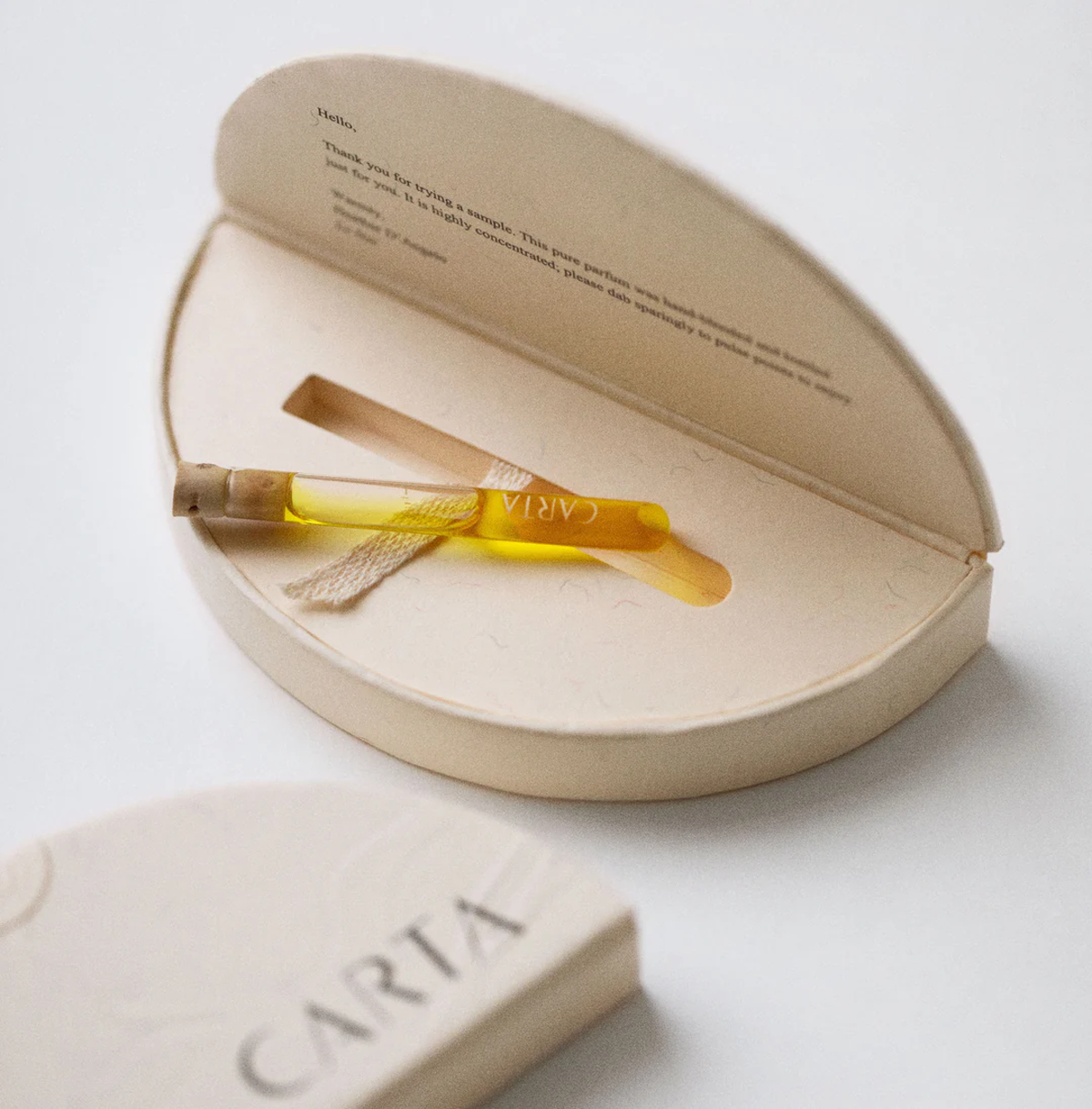
With the packaging, the focus on sustainability and beauty continue to the product line. The samples arrived in half moon shaped, textured, and beautifully branded ‘boxes’ made from recycled paper that open to reveal a short message of thanks from Heather and then the sample within — in a 1ml glass vial with cork stopper. Everything recyclable and totally free from plastics. Easily the most unique and thoughtful sample packaging I’ve experienced.
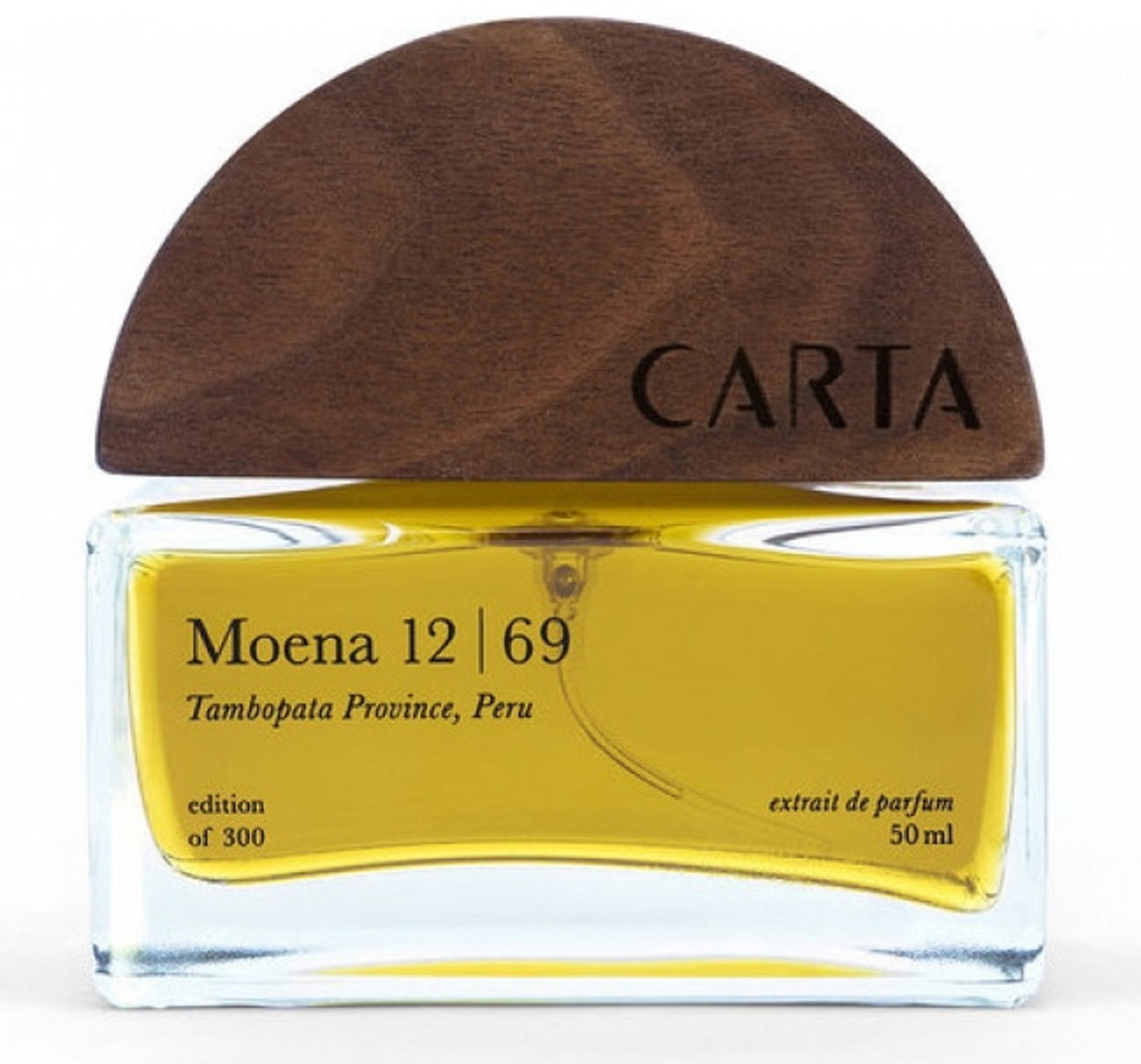
If I had to guess, this half-circle sample packaging was specifically designed to mirror the bottle cap of the initial launch edition of Moena, which was limited to just 300 bottles. With a shift to smaller batches and an increased focus on eliminating plastics and making all packaging recyclable/refillable, this bottle design was abandoned for the new smaller glass ones.
For the ‘full sized’ 15 ml bottles, the same textured recycled paper and branding from the samples is resused to create the box which is 100% recycled paper. Within is the glass bottle and stopper complete with a baudruchage. Once the seal is removed, this stopper works perfectly to dab the rich fragrances on. As an incentive to reuse these bottles, Carta offers ‘refills’ at a discount versus a full bottle. These bottles are very high quality and extremely beautiful!
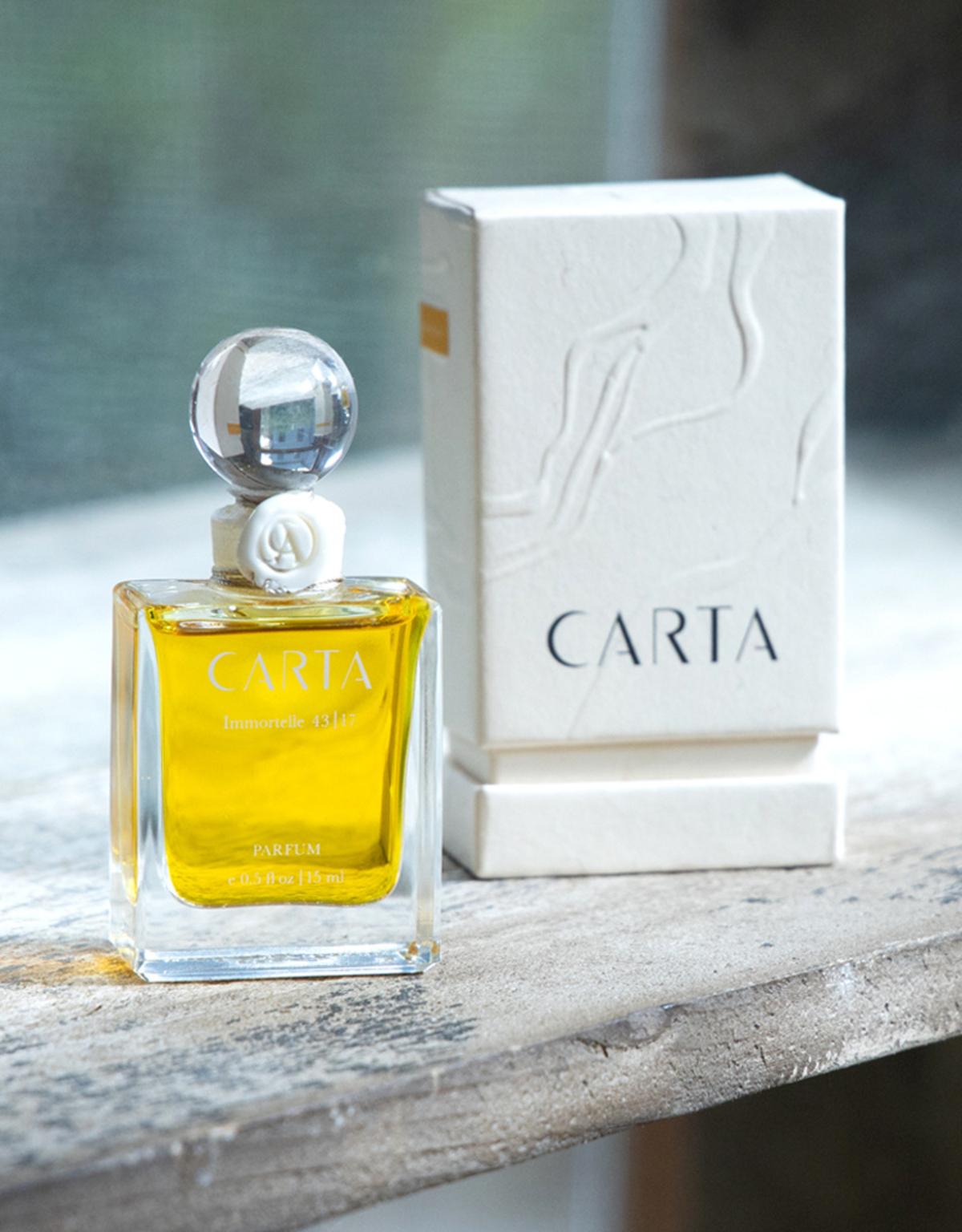
If the overall branding/‘brand mythology’, message of sustainability that is consistent down to the packaging, gorgeous fragrances, and commitment to directly sourcing ingredients wasn’t enough, Carta also shares proceeds with Camino Verde, the only organization in the world distilling Moena Alcanfor, the essential oil featured in Moena 12|69. Additionally, they do quite a bit of work with reforestation of the Amazon.
I can’t wait to see what Heather releases next!


 Avantcrap
Avantcrap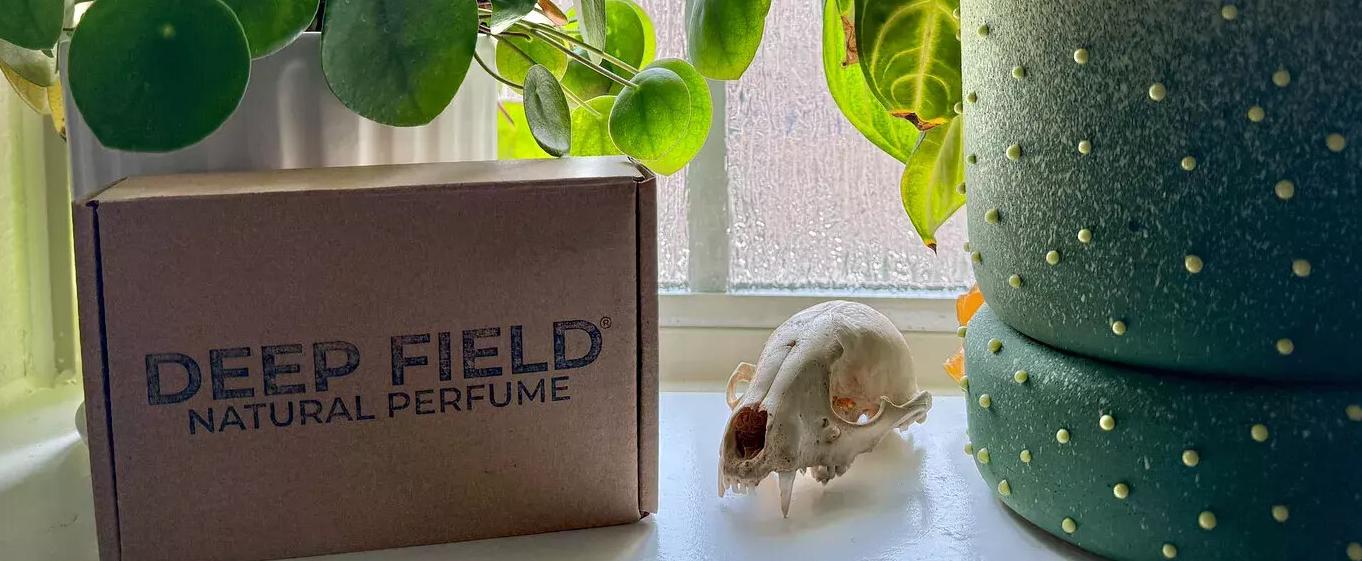

Of course, that problem's different from the issue of sustainably sourcing the ingredients to begin with, but I'm glad there's someone taking that first step. I've always been sad thinking about how Mysore sandalwood is pretty much unattainable now because it was unsustainably harvested in the past. Best of luck to Carta.
The water supply/marine ecosystem problem is one I'm not sure how to really tackle. I think pretty much all fragrances can be harmful there, so it's probably more about harm reduction and safe disposal?